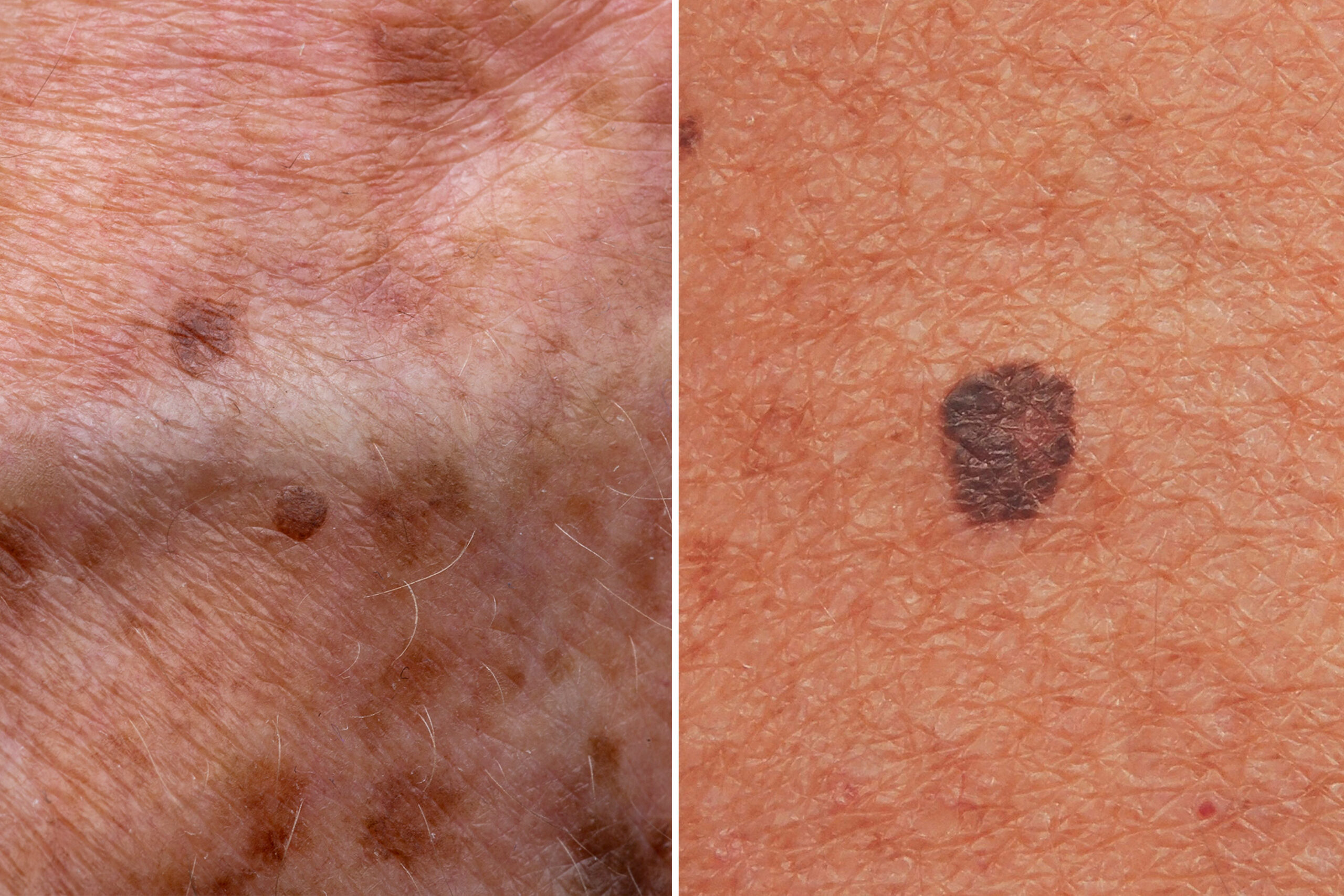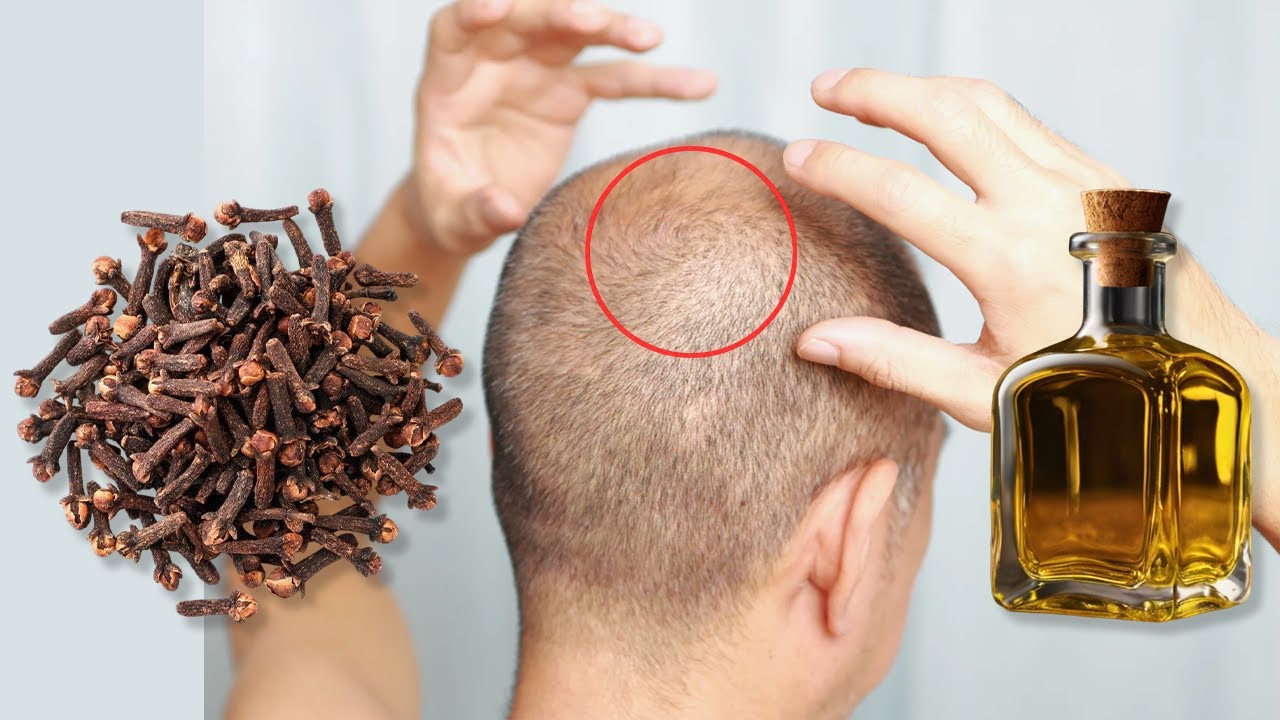
Age spots, also known as liver spots or solar lentigines, are often associated with aging and prolonged exposure to the sun. While many factors contribute to the development of age spots, including genetics and UV exposure, one lesser-known cause is a deficiency in certain minerals, particularly selenium. Understanding the role of selenium in skin health can help you address and possibly prevent age spots.
Why Selenium Matters for Your Skin
- Antioxidant Properties: Selenium is a powerful antioxidant that helps protect the skin from free radical damage caused by UV rays and other environmental stressors. These free radicals accelerate the aging process, leading to signs like age spots. By neutralizing free radicals, selenium can help maintain even skin tone and reduce the appearance of spots.
- Supports Skin Elasticity: Selenium plays a role in the production of glutathione, a potent antioxidant that the body produces naturally. Glutathione helps maintain skin elasticity and firmness, and its production is significantly boosted by selenium.
- Prevents Cellular Damage: By maintaining a high antioxidant level in the body, selenium helps prevent cellular damage that can lead to skin discoloration and age spots. Its role in cell protection is crucial for maintaining youthful and healthy skin.
- Enhances Immune Function: A strong immune system is essential for overall skin health. Selenium boosts immune function, helping the body to fight off infections and diseases that can impact skin appearance.
Sources of Selenium
To ensure adequate selenium intake, consider incorporating the following selenium-rich foods into your diet:
- Brazil nuts: One of the richest sources of selenium. Just one or two Brazil nuts a day can meet your daily requirement.
- Seafood: Fish such as tuna, halibut, and sardines are excellent sources of selenium.
- Meat: Beef, chicken, liver, and turkey also contain good amounts of this mineral.
- Eggs: Provide selenium along with other essential vitamins and minerals.
- Whole grains: Brown rice, whole wheat bread, and oatmeal contain selenium and are a healthier alternative to their refined counterparts.
Supplementing Selenium
While diet is the best way to increase selenium intake, supplements are also available. However, it’s important to use caution with selenium supplements, as too much can be harmful. The recommended dietary allowance (RDA) for adults is 55 micrograms per day, but this can vary based on age, gender, and health conditions. Always consult with a healthcare provider before starting any new supplement regimen.
Incorporating Selenium in Your Skincare Routine
Besides dietary intake, some topical skincare products contain selenium. These can help provide localized antioxidant benefits directly to the skin. Look for serums and creams that list selenium as an ingredient, especially those designed for anti-aging or skin-brightening.
Conclusion
If you’re concerned about age spots and overall skin health, evaluating your selenium intake might provide benefits. By ensuring you receive enough of this vital mineral through diet or supplements, you can help protect your skin from premature aging and improve its overall appearance. Remember, a balanced diet combined with proper skincare practices offers the best defense against age spots and other signs of aging.




